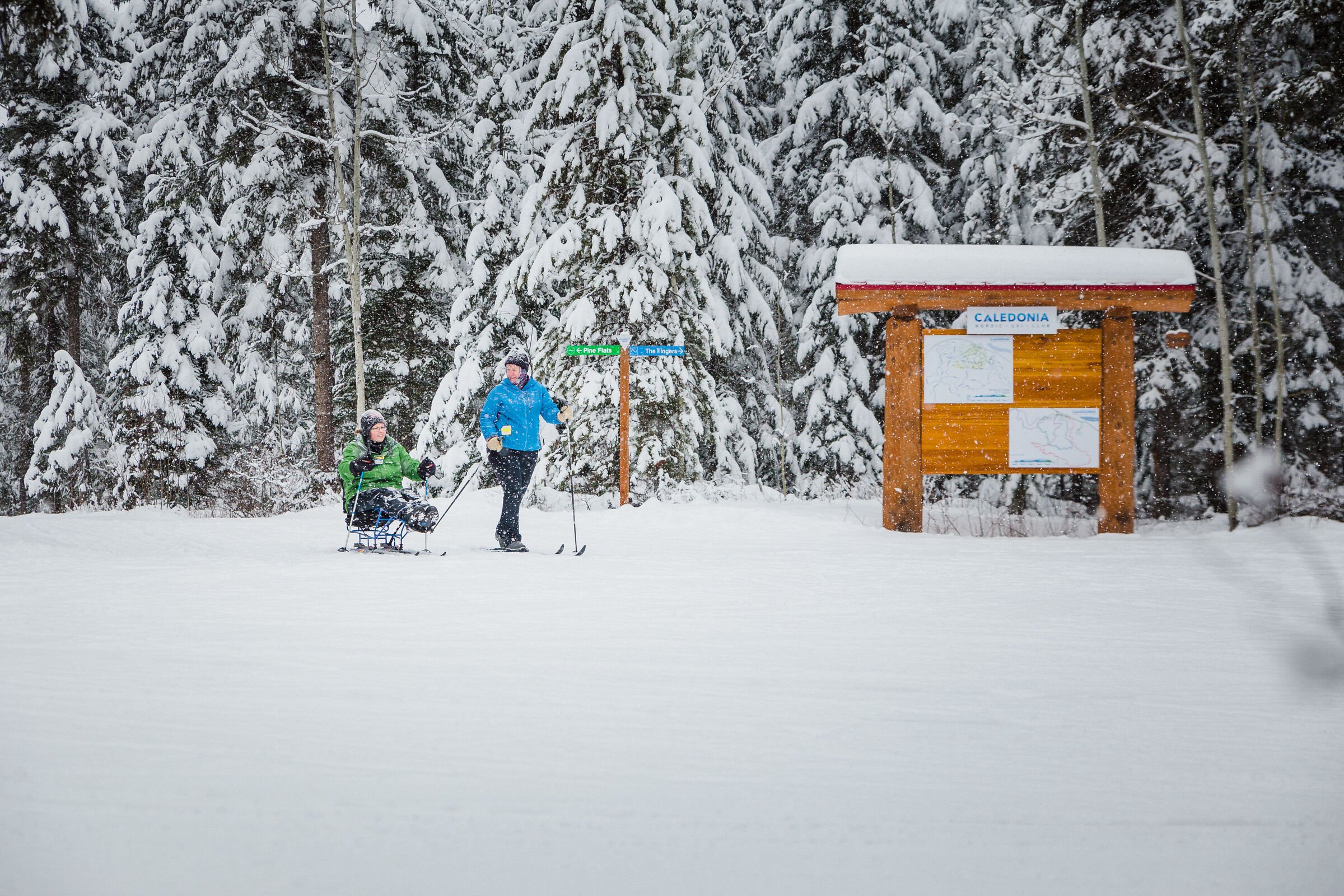Future of Recreation: Planning for the better
The provincial government is overhauling planning on Crown land. Here’s what that means for outdoor recreation.
From access to nature to apps and AI, the evolution of trail construction to electric power, this story is part of a series of articles looking at how recreation will change and evolve over the short and long term.
Proper Planning Prevents Piss Poor Performance. The alliterated saying applies to just about everything. As the provincial government introduces a new planning regime, the six Ps apply to Crown land, too. For the recreation community, the changes mean significant new opportunities to express priorities and opinions.
“Our government has a new vision for B.C. and our forestry industry, one where we take better care of our rarest and oldest ecosystems, our oldest forests and our climate,” said David Eby, B.C.’s premier at a news conference in 2023 announcing some of the changes. “After decades of short-term and transactional thinking, we’re making significant changes in our approach to forestry in this province.”
Things had to change. Regional-level plans were out of date. Site specific and operational plans often did not incorporate any First Nations input. Several forestry reviews identified a big gap between the two. Plus, neither included government commitments to climate change, protecting old growth forests and biodiversity and, the big one, the United Nations Declaration on the Rights of Indigenous People.
In response, the provincial government is revamping the way it manages planning on Crown land. To work out how to share large regions among stakeholders, they’ve launched a new land use planning process. And they are replacing Forest Stewardship Plans with two more localized and inclusive processes.
To understand what this means for recreation groups, let’s take each level of the new planning pyramid in turn. (This PDF provides a handy visualization.)
Land use plans are macro. They are regional in scope – the Sea to Sky, Nicola Watershed, Kootenay-Boundary – and strategic in focus, laying out a vision for natural resource stewardship and management. They vary in focus and scale and can be comprehensive or focus on one issue (like recreation access).
The provincial government enacted the existing land use plans in the 1990s and early 2000s and hasn't updated any in nearly 20 years. The new process, “Modernized” Land Use Planning (MLUP), changes who is involved and the scope up for consideration, says Tricia Morris, the director of land use planning for the Ministry of Water, Lands and Resource Stewardship.
“The planning we did in the 1990s is very different from what we are doing now,” says Morris. “There are a lot of different drivers now: advancing reconciliation with First Nations, climate change, social values, recreational interests, 30x30 goals.”
Most significantly, First Nations will be a partner in the process with the provincial government, rather than a stakeholder. Together the two governments will agree to a planning process and the scope. As talks progress they will engage with local governments, industries, stakeholders and the public. The goal is to balance economic, social, cultural and environmental interests, says Morris.
There are five modern land use plans in the early stages of development and other plans emerging. They’re occurring where First Nations have shown interest and capacity to take on the process, says Morris. They vary from a more comprehensive MLUP, like the Shishalh Land Use Plan in the Sunshine Coast area, to one focused on visitor management in the Sea to Sky region.
The province has laid out some necessary steps to developing these plans, but each table will have wiggle room to find its own path, says Morris. What they will all share is clear language on implementation, enforcement and monitoring. These were often lacking in historic land use plans.
Once adopted by the provincial cabinet, MLUPs are legal directives.
The more local planning processes, Forest Landscape Planning (FLP) and Forest Operations Plans (FOP), occur under the Forest and Range Practices Act, or FRPA, and are established by order of the Chief Forester. Together, FLP and FOP replace Forest Stewardship Plans, which were developed by industry with approval by government, but with limited public or First Nation consultation.
The FLP process is at a higher level. It is tactical in nature, aligning how and where forestry activity can occur in a timber supply area, tree-farm license or forest tenure. Provincial and First Nation governments work in collaboration with industrial license holders on an FLP. Plus, there are requirements to engage local government and other stakeholders throughout the process, building new opportunities for recreation groups to have their voices heard in forestry planning, says Julie Castonguay, the manager for Forest Landscape Planning with the Ministry of Forests.
“There was a need for increased participation and transparency in forest planning,” says Castonguay. “The need to engage with communities will close that gap.”
There are four pilot FLPs underway, and eight more in early First Nations engagement. Once adopted, each will last 10 years. Castonguay says the government wants to develop FLPs for the entire province gradually over the next 10 to 15 years. Planning table structure will vary, but all will include a stakeholder advisory group with space for local recreation clubs and associations.
The third level of planning opens up more stakeholder engagement at the operational scale. Forest Operations Plans (FOP) are site specific. They’re developed by forest licensees to align with the FLP and are approved by the government. They focus on action, like the location of forestry roads and cut blocks.
We reported on how the launch of FOPs impacts outdoor recreation sites in a previous blog post. In general, the amendments build First Nations consultation and stakeholder engagement into operational planning and provide greater protection for recognized recreation sites.
As the provincial government announces each LUP, FLP, and FOP there will be extensive local outreach and communication. The Outdoor Recreation Council of BC will be notified and will let members know directly and through our newsletter. The Province will invite any recognized outdoor clubs to take part.
“Any group that’s interested or concerned about how forests are managed in their area should get involved,” says Castonguay.
Taking all the changes and new plans together, Castonguay says, there are more channels for communication and more opportunities to get involved than ever before. It’s going to take time to smooth out the process, she admits. But it’s worth the effort to ensure proper planning leads to something more than alliteration. Like better outcomes for everyone.
If you want to read more stories in our series about the Future of Outdoor Recreation, click here.

